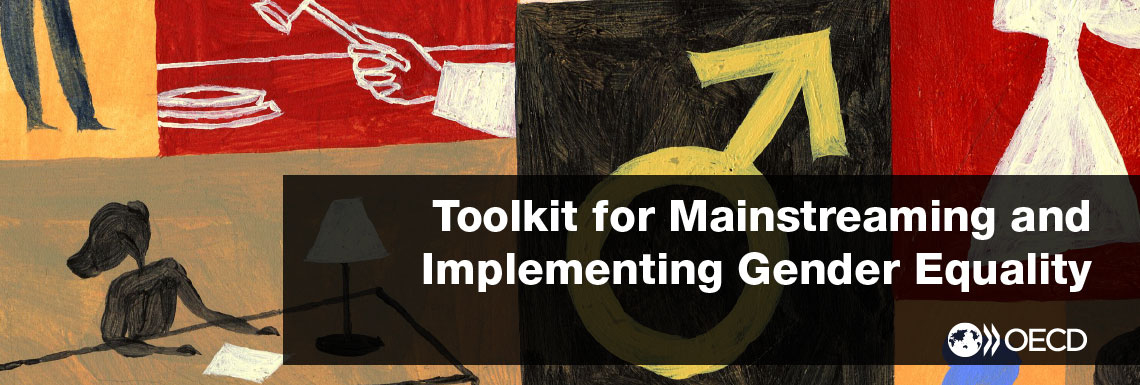Work-life balance are available and widely used across the justice sector, including at the top
SELF-ASSESSMENT QUESTION
- Do existing policies in the judiciary support work-life balance, including at most senior levels and across different occupational groups and jurisdictions?
- Do family-friendly policies and practices encourage equality between men and women by including incentives for men to take available care leave and flexible work entitlements?
WHY IS IT IMPORTANT?
Difficulties with balancing work and private life can impede women from filling more senior positions within the judiciary. The judiciary places high demands on the hours that judges work, and office hours can be inflexible due to lengthy court sessions. While this can pose a serious barrier for judges with family responsibilities, women are more likely than men to resort to part-time work. It is important to include men in the discussion of a health work-life balance. Research shows that “a holistic approach is more likely to mobilize workplace support (and effect wider organizational change than policies aimed solely at women or those with childcare responsibilities "(Gregory and Milner, 2009: 3, 11).
ACTIONS TO CONSIDER
Over the years the need for balancing work and private life has led most judiciaries to implement leave policies, measures related to work time and organization and care services. Should they not yet be in place, they need to implemented:
Leave policies promoting a work-life balance: Maternity, paternity, parental leave; leave for health risks during pregnancy or breastfeeding; adoption leave; long-care leave;
Measures related to work time and organization: flexible hours and/or teleworking; ability to reduce hours temporarily; career breaks; time off for pre- and postnatal care; paid breastfeeding breaks.
In addition, the following measures could be considered:
- Make the perception of work-life balance part of the discussion.
- Present measures to promote a healthy work–life balance as an opportunity for the judicial organization to learn about the benefits of new ways of working
- Develop a business case for measures that promote a positive work-life balance
- Collect and disseminate data on how better work life arrangements increase job satisfaction and productivity
- Make work-life arrangements part of the annual evaluation interview with judicial staff;
- Ensure that work-life balance initiatives remain relevant by regularly review the needs of staff and the courts to reflect changes in staff circumstances and adapt work-life balance measures;
Cover a wide range of employee needs – including most senior positions - and situations within work-life balance policies;
- Widely disseminate available range of work-life balance options to that staff is aware of what is available; including at the most senior judicial posts;
- Work to adapt the organisational culture to encourage take-up of available work-life balance measures within the judiciary; including at the most senior judicial posts;
- Consider setting work-life balance performance expectations for court managers;
- Provide incentives for men to make us of available work-life balance arrangements; and encourage a more equal sharing of paid and unpaid work (household responsibilities) between men and women.
PITFALLS TO AVOID
- An exclusive focus on women judges. Men judges also struggle with work-life balance and equal arrangements for men and for women “normalize” the gender discussion;
- Exclusively focus on formal policies aimed at creating a healthy work-life balance thereby not seeing how organizational structures or organizational culture might undermine formal policies.
COUNTRY EXAMPLES
United Kingdom
Crime and Courts Act 2013 extending the right to salaried part-time work to judges in the High Court and above (this was already available at lower court levels)
Mexico
In response to obstacles it had identified as deterring women from careers in the judiciary – e.g. limited family-friendly policies, mobbing and sexual harassment – the human resources department of the Federal Electoral Tribunal put in place a Gender Equality Unit to support shorter working hours, the implementation of paternity leave and action to raise awareness of gender stereotypes in the workplace. Yet, the distance of the Gender Equality Unit from the apex of decision making has significantly curtailed its influence. It has been transferred to the Presidential Office of the Court to increase its leverage, but its influence on decision making is still uneven and depends on the personality of the President of the Court.
Canada
Justicia Flexible Work Arrangements Profitability Model (developed by Deloitte): The tool has been developed for Law Firms but can be a source of inspiration for the judiciary as well. The tool is an example “of how the profitability of a flexible work arrangement ("FWA") could be calculated.”
Hungary
Although there is no central policy on work-life balance measures in the Hungarian judiciary, there are a number of local practices on the creation of family-friendly working conditions across the judiciary. These practices include increasing the proportion of part-time work, flexible work hours, accommodation of the special needs of pregnant workers and parents as well as maternity/parental leave and reintegration management.

